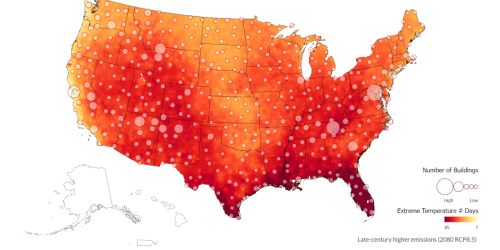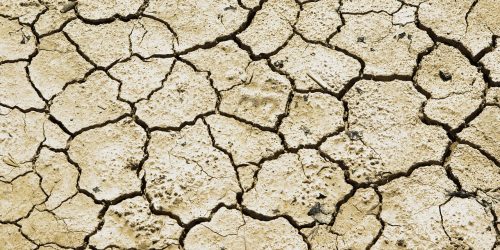To tackle gaps in our understanding of how nitrogen cycles between air, plants, and soil, the Climate Program Office’s Atmospheric Chemistry, Carbon Cycle and Climate (AC4) Program supported new research to compare experimental measurements with widely used atmospheric models. Through a grant aimed toward improving our understanding of the nitrogen cycle, AC4-funded scientist Ronald Cohen of the University of California, Berkeley alongside Erin Delaria of NASA Goddard Space Flight Center demonstrated important variability in nitrogen reactions that is not captured in simplified models.
Nitrogen oxides cause air quality challenges by influencing the production of surface ozone and secondary aerosols, both of which are harmful to human and ecosystem health. Soils can emit reactive nitrogen, while plants can absorb it. This specific type of nitrogen cycling is playing an increasingly important role in air pollution as emissions from other global sources of nitrogen oxides, like cars, are reduced. When evaluating the future health and environmental impacts of nitrogen oxides, it is critical to have a detailed understanding of how soils and plants act as a nitrogen source and sink. This new study, published in Accounts of Chemical Research, found that plants will uptake nitrogen at different rates depending on the environmental conditions, the plant species, and the type of nitrogen oxide compound. The authors demonstrated disparities between the variability in the natural system and the way models represent these processes, and provided evidence that the exchange of nitrogen within ecosystems can be easily misrepresented. This study adds to a growing pool of knowledge solicited by AC4 to help reduce uncertainties associated with nitrogen oxide emissions, how they evolve in our atmosphere, and how these processes may change over time.










